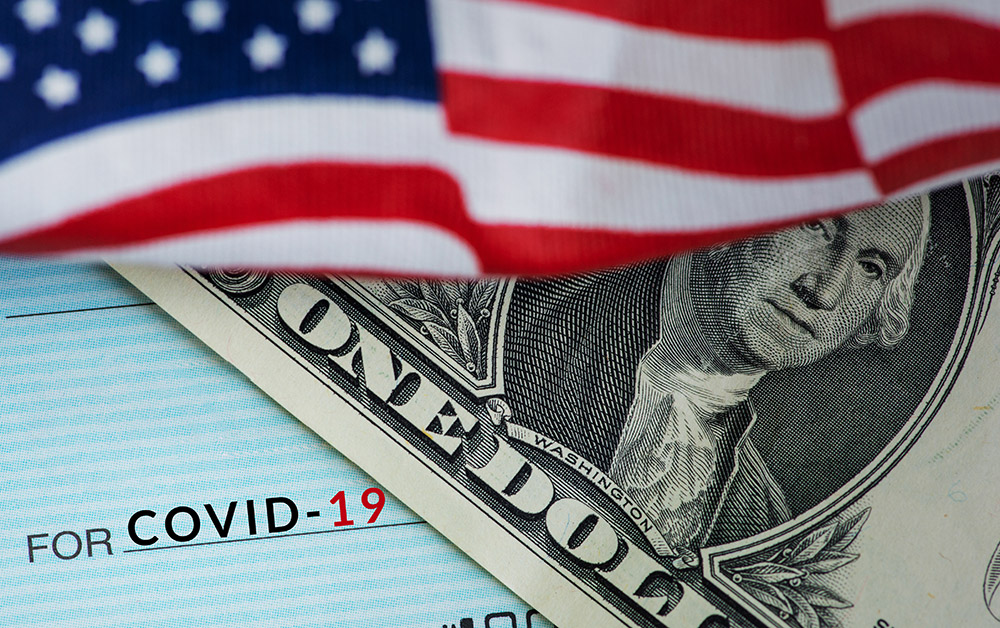Updated June 19, 2020
Covered Period
- The Covered Period for the PPP loans has been extended from eight weeks to the earlier of (a) 24 weeks or (b) December 31, 2020. Any borrower who received a loan before June 5, 2020, may elect for the covered period to remain at eight weeks.
Payroll Costs
- The amount that is required to be spent on payroll costs has been reduced from 75% to 60%. This requirement is a proportional limit on non-payroll costs as a share of the borrower's loan forgiveness amount, rather than a threshold for receiving any loan forgiveness.
- Previously, cash compensation was limited to $15,385 per employee, which is the 8-week equivalent of a $100,000 annualized salary. The SBA issued revised guidance that notes for borrowers using a 24-week covered period, cash compensation of up to $46,154 per employee (or the 24-week equivalent of a $100,000 salary) is allowed.
- Owner (which includes owner-employees of an S-corporation, self-employed individuals and general partners) compensation:
- If using a 24-week covered period, limited to the lesser of $20,833 or the 2.5-month equivalent of his or her compensation in 2019.
- If using an 8-week covered period, limited to the lesser of $15,385 or the 8-week equivalent of his or her compensation from 2019.
- Health insurance costs for owner-employees of an S corporation, self-employed individuals, and general partners should not be included in payroll costs.
- Retirement plan contributions for self-employed individuals and general partners should not be included in payroll costs.
Reductions in Loan Forgiveness
- Loan forgiveness under the CARES Act was reduced if there was a reduction in the number of full-time employees (FTEs) or a salary reduction of any employee’s compensation of more than 25%. These reductions were not applicable, however, if the salary or number of FTEs was restored by June 30. The June 30 date has been extended to December 31.
- Borrowers are also now able to calculate FTEs without a proportional reduction if they can “in good faith” document:
- the inability to rehire individuals who were employees on February 15, and
- the inability to hire similarly qualified employees for unfilled positions on or before December 31, 2020; or
- an inability to return to the same level of business activity as the business was operating at before February 15, 2020 due to compliance with requirements established or guidance issued by Health and Human Services (HHS), Centers for Disease Control and Prevention (CDC), or Occupational Safety and Health Administration (OSHA) during the period beginning March 1 and ending December 31, 2020, related to maintenance standards for sanitation, social distancing, or other worker or customer safety requirements related to COVID-19.
- Borrowers are also now able to calculate FTEs without a proportional reduction if they can “in good faith” document:
Other Provisions
- The time to repay the PPP loans has been extended from two years to five years for loans issued after June 5, 2020. Borrowers and lenders may mutually agree to extend the maturity of the loans issued before June 5, 2020, to five years. The interest rate remains at 1%.
- Payment deferral of principal, interest and fees has been extended from six months to the date on which the SBA remits the loan forgiveness amount to the lender.
- Borrowers now qualify to defer the payment of the employer share of social security payroll taxes even if they receive loan forgiveness of a PPP loan. Half of such taxes are due December 31, 2021, with the other half due December 31, 2022. Previously, any borrower that received loan forgiveness was not eligible to defer the payment of their payroll taxes.
Additionally, an updated loan forgiveness application form is available. An EZ form is available for the following:
- Self-employed individuals with no employees.
- Borrowers who did not reduce wages of any employee by more than 25% during the covered period and did not reduce headcount or average paid hours of employees from January 1, 2020 through the end of the covered period.
- Borrowers who did not reduce wages by more than 25% for any employee during the covered period and were unable to operate during the covered period at the same level of business activity due to compliance with COVID-19-related requirements established or guidance issued by HHS, CDC, or OSHA.
The updated loan forgiveness application instructions and updated EZ application instructions reflect the changes made by the PPP Flexibility Act.
We are here to help you understand the tax and financial nuances of the economic relief options to support your business through the pandemic. If you want to discuss your specific situation, please reach out to your MarksNelson advisor or call us at (816) 743-7700.

